I have been looking into FP languages (off and on) for some time and have played with Scala, Haskell, F#, and some others. I like what I see and understand some of the fundamental concepts of FP (with absolutely no background in Category Theory - so don't talk Math, please).
So, given a type M[A] we have map which takes a function A=>B and returns a M[B]. But we also have flatMap which takes a function A=>M[B] and returns a M[B]. We also have flatten which takes a M[M[A]] and returns a M[A].
In addition, many of the sources I have read describe flatMap as map followed by flatten.
So, given that flatMap seems to be equivalent to flatten compose map, what is its purpose? Please don't say it is to support 'for comprehensions' as this question really isn't Scala-specific. And I am less concerned with the syntactic sugar than I am in the concept behind it. The same question arises with Haskell's bind operator (>>=). I believe they both are related to some Category Theory concept but I don't speak that language.
I have watched Brian Beckman's great video Don't Fear the Monad more than once and I think I see that flatMap is the monadic composition operator but I have never really seen it used the way he describes this operator. Does it perform this function? If so, how do I map that concept to flatMap?
BTW, I had a long writeup on this question with lots of listings showing experiments I ran trying to get to the bottom of the meaning of flatMap and then ran into this question which answered some of my questions. Sometimes I hate Scala implicits. They can really muddy the waters. :)
